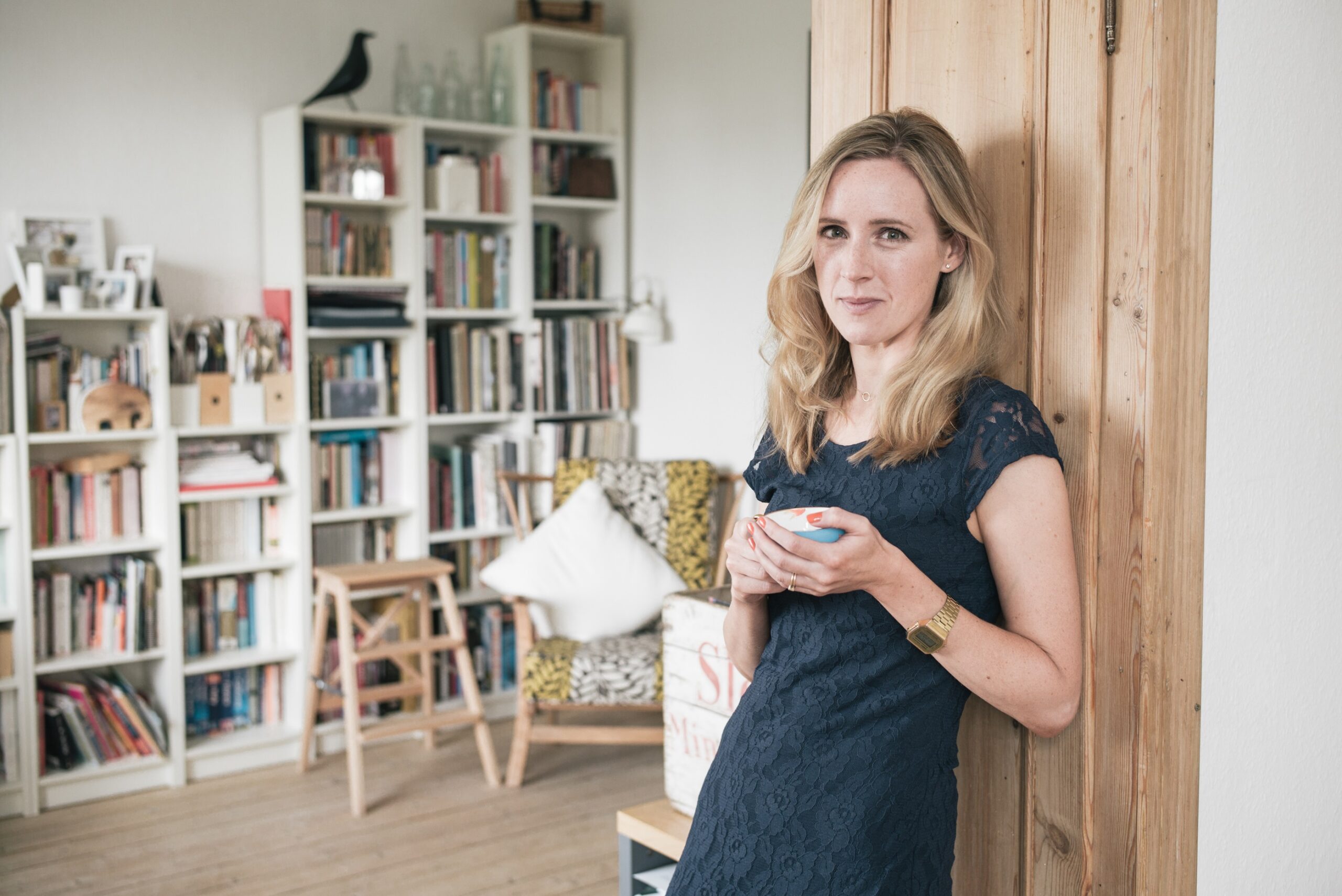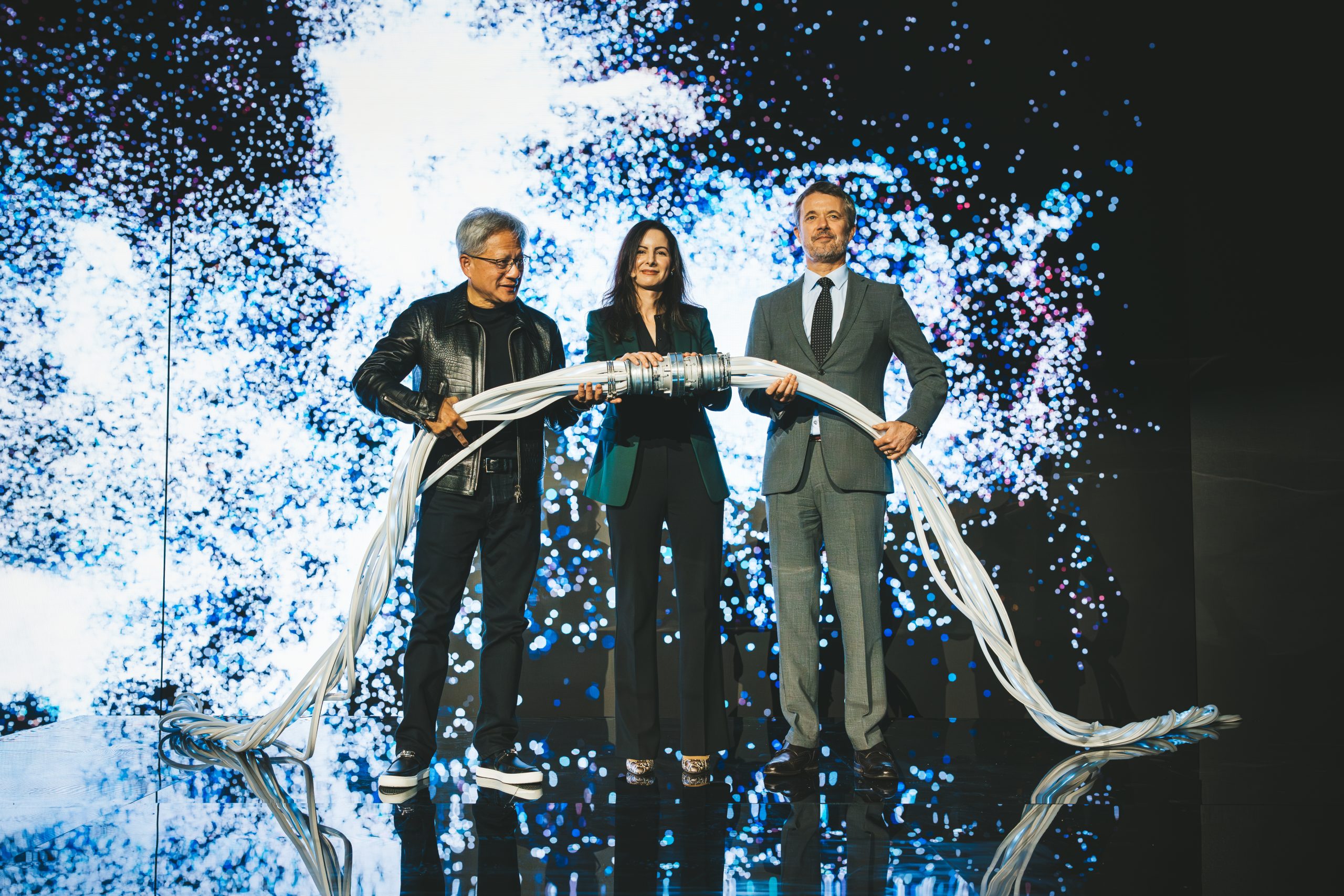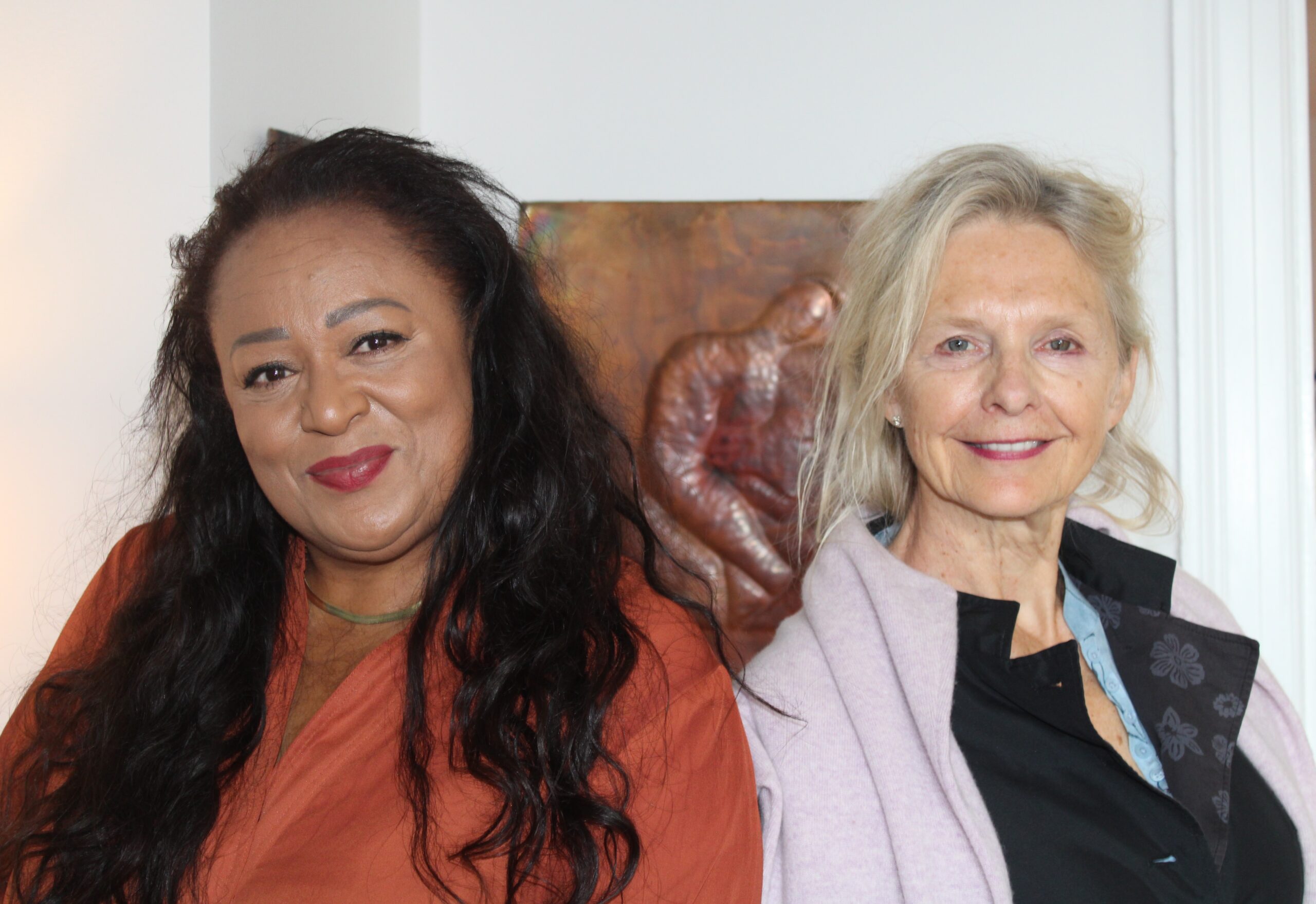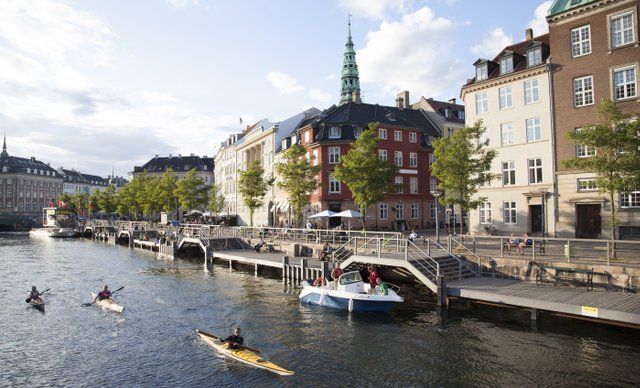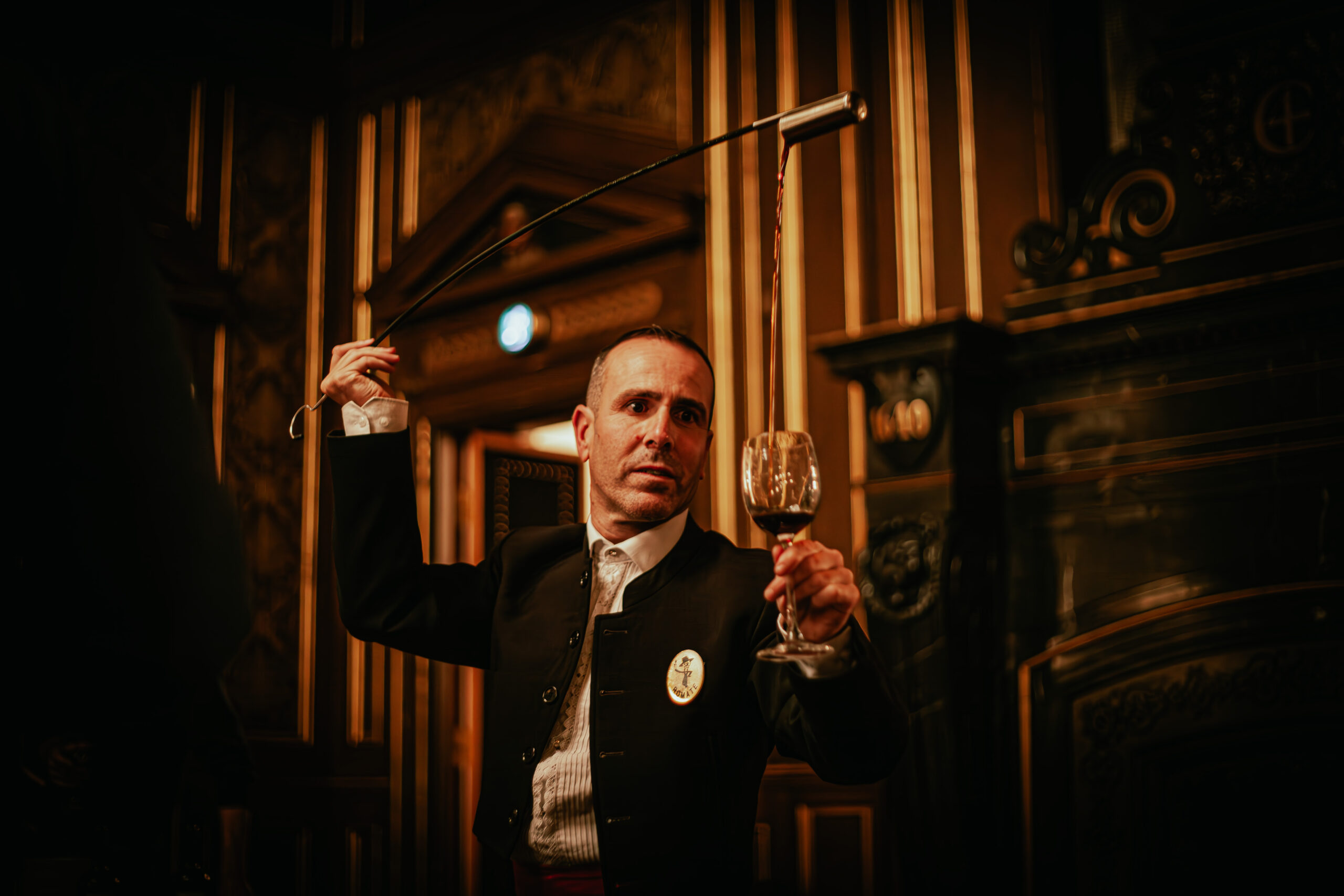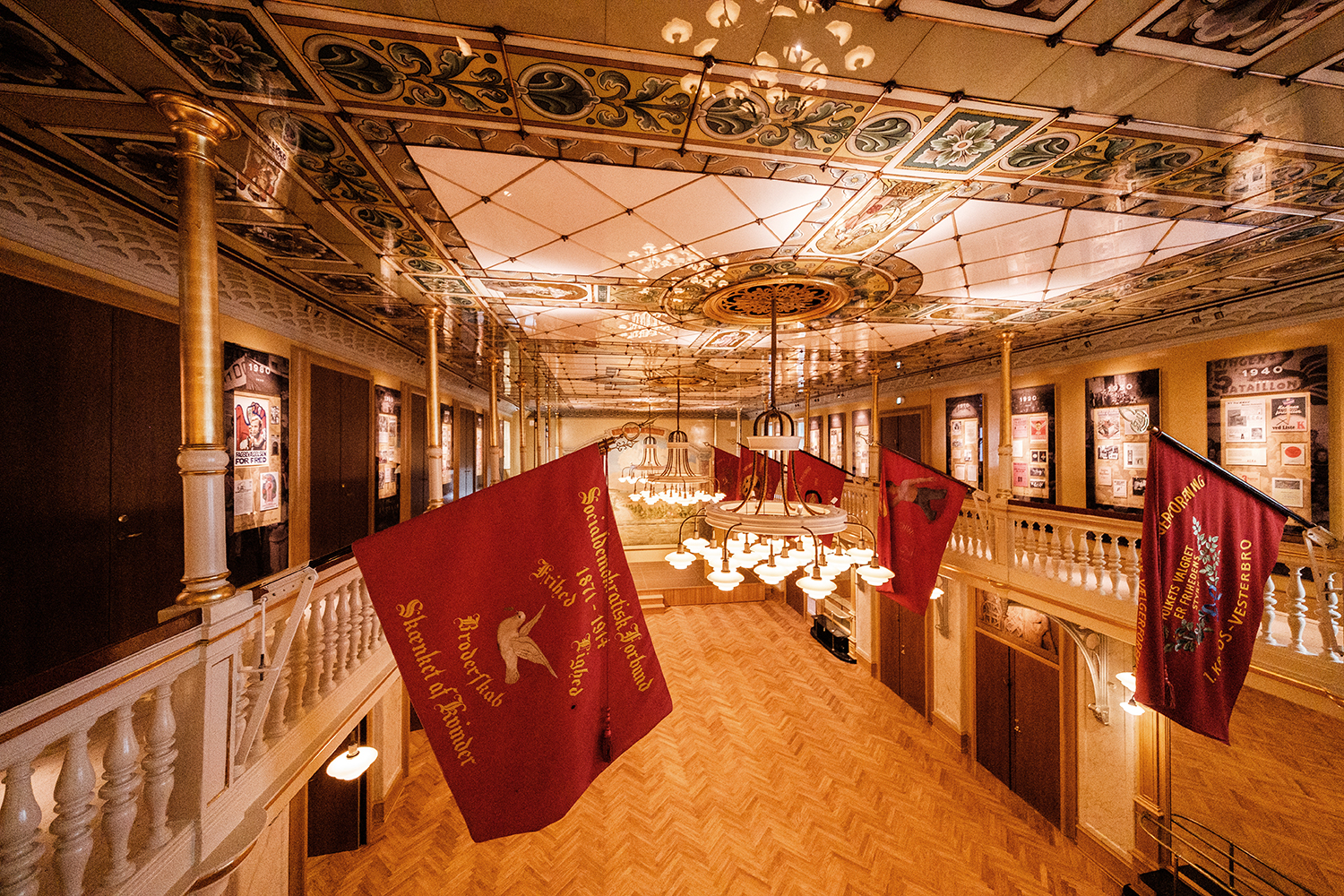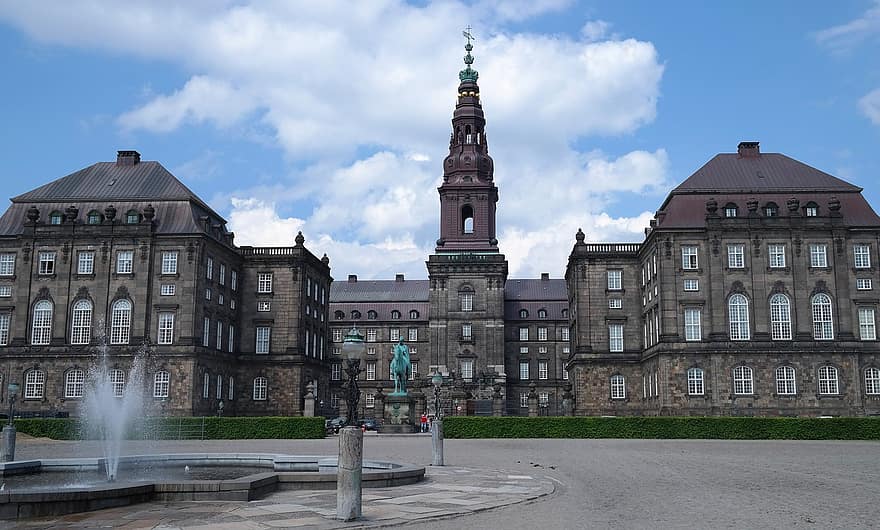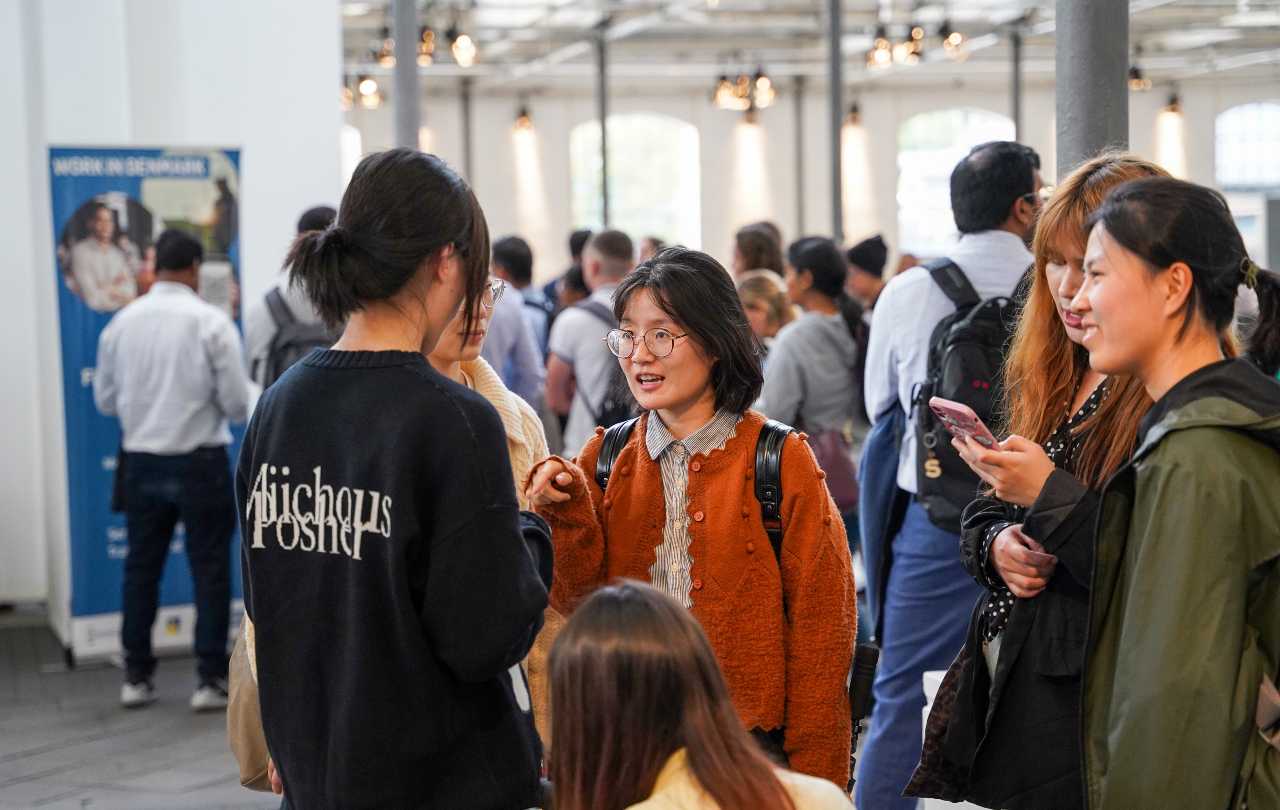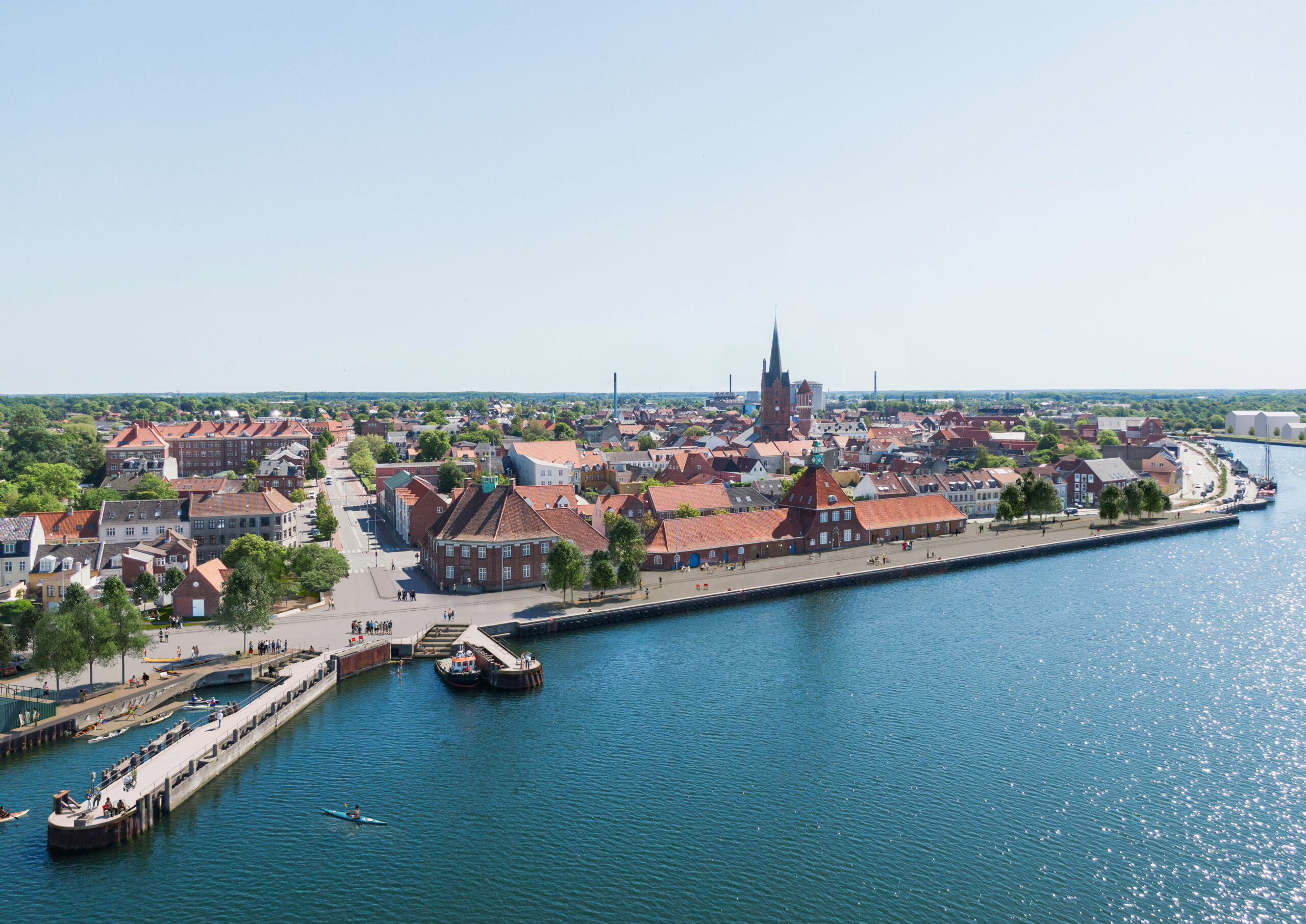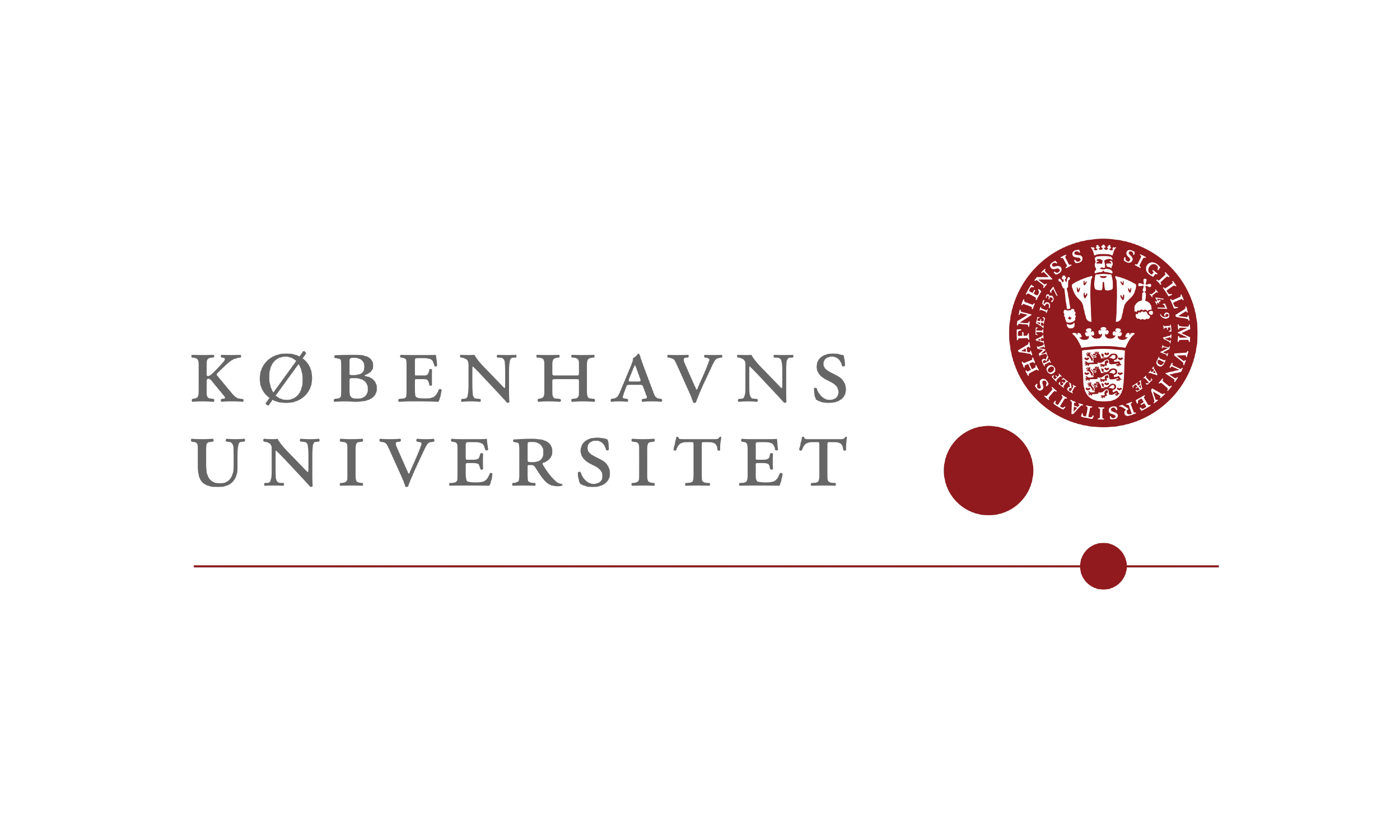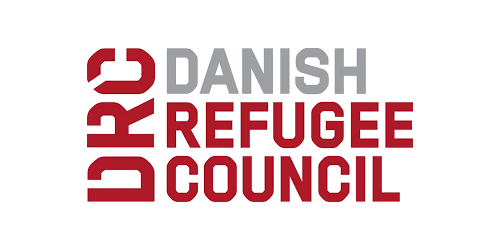The blood on the tarmac is mine, dripping steadily from my nose. I’ve managed to clamber onto all fours, but the ground still seems to be swirling beneath me. Someone’s speaking to me, but I can’t understand him and I don’t know why. Then I realise he’s speaking Danish. I also realise to my huge relief that my teeth are still there.
A few weeks previously I had bought a shiny green bicycle with two wheels, as opposed to the three-wheeled cargo bike that has previously featured in Brick by Brick. I’d been riding around without mishap and gaining confidence, but as the saying goes: pride comes before a headfirst plunge between two (mercifully stationary) cars at Lille Trianglen.
That morning as I left the house, I had looked at my nerdy helmet. I almost didn’t put it on, but then I caught sight of my daughter’s helmet. How can I expect her to wear one if I don’t? It was one of those split seconds that can change everything. Had I not put it on, the pool of blood could have been the contents of my cranium.
My focus gradually sharpens. The man talking to me is a doctor on his way to work at Rigshospitalet (if you’re going to have a bike accident, doing it near a hospital comes highly recommended). There are actually loads of people trying to help me. Someone has locked my bike up for me. A blonde girl is handing me tissues, and another person is holding my handbag. The latter just wanted to be involved – some people like a drama. The blonde girl turns out to be the one who mowed me down.
She was overtaking me when I moved a little to get comfortable on my saddle and swerved. It was only a little, tiny baby-swerve on a wide bike path – the equivalent in a car would not even take you out of your lane. But this is Copenhagen cycling – even a split second of incompetence is enough.
Over the next few hours, a rainbow appears under one eye. By the next day, my nose is like a potato (the baking kind) and I have two black eyes, one swollen closed. People constantly crack jokes about domestic violence, and I still don’t understand why they’re supposed to be funny. What can I say, my husband beats me – isn’t it hilarious?
After a week I manage to balance out my multicoloured eyelids by putting so much make-up on I look like an extra from ‘Priscilla, Queen of the Desert’. But there’s still the question of getting back on that bike, and I’ll do pretty much anything to avoid it.
How dangerous is it really? I need to know and figure Brick by Brick’s readers could use that information too, so I put the question to Michael Bjørkman, a Copenhagen police officer involved in educating the community on road safety.
“Seventy percent of bike accidents involve just the cyclist themselves,” he said. “They fall off the curb or ride into trees.” I find that reassuring. At least I didn’t ride into a tree. It also appears I’m in good company as there are a staggering 17,500 cycling injuries treated in Denmark each year. People get draped over car doors that open over the cycle paths, slip on ice or encounter cars doing various bicycle-unfriendly things like turning left or right – tell them to go straight, dammit!
Bjørkman was full of good advice: stop when the lights are amber – cars can carry on through in time, on a bike you can’t. Signal your intentions, not just left and right but also that little high five that says you’re slowing down. Also, a real no-brainer: don’t drink and ride your bike. Alcohol is involved in 25 percent of all bike accidents.
“It only takes a second for things to go wrong,” Bjørkman said, adding his most important piece of advice of all. “Every cyclist should wear a helmet, no matter how experienced.”
He’s preaching to the converted as far as I’m concerned. In fact, if there were such a thing as a TV helmet evangelist, I would join his cause. I can almost imagine myself wearing robes and waving my hands in the air, while the helmet evangelist yells (in a fake Louisiana accent, of course): “God wants you to wear a helmet, do not listen to Beelzebub when he tells you your helmet is uncool and will make you too hot while cycling. And now the choir will join me in singing ‘Oh happy helmet’…..”
Then I remember I had a blow to the head recently.
For Copenhagen Council’s cycle courses, visit www.kk.dk. For road safety info, visit www.sikkertrafik.dk

